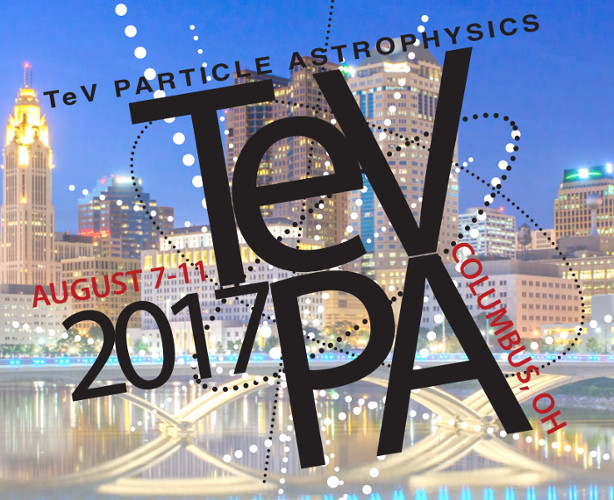Speaker
Description
Light sterile neutrinos with eV mass have been suggested by different anomalies observed in short-baseline neutrino experiments. These particles would have been produced in the Early Universe changing the amount of relativistic energy density by increasing the
effective number of relativistic species ($N_{\rm{eff}}$). This results in a conflict with existing cosmological bounds on primordial radiation density and neutrino mass. In order to alleviate these discrepancies, basically avoiding the thermalization of eV sterile neutrinos in the
early Universe, secret interactions in the sterile sector mediated by a massive
vector boson ($M_X < M_W$ ) have been proposed. Secret interactions reduce the effective mixing angle generating a large matter potential in the sterile neutrino sector and suppressing the active-sterile oscillations. In particular if the interactions are mediated by a gauge boson having $M_X < 10$ MeV, the sterile neutrino productions is suppressed for $T > 0.1$ eV; this behaviour seems to ameliorate the conflict between the cosmological constraints and laboratory experiments. Observations of the cosmic microwave background (CMB) radiation represent a powerful and unique tool to test this model in more detail. During my presentation I will show results of a dedicated study presenting constraints on the strength of the secret interaction and the corresponding mass bounds using the latest CMB Planck 2015 data. Finally I will discuss the status of the sterile neutrino secret interaction scenario after this work.




